In a quiet corner of Cumbria, the High Tarns Archaeological Project has opened a window into the past, revealing a fascinating glimpse into life during the Viking Age. The site, located near Silloth, has attracted significant attention for its exceptional discoveries, including the largest Viking Age building found in Britain in recent years. From its origins as a cropmark visible in satellite images to the groundbreaking excavation in 2024, the project has unearthed clues that shed new light on the social and agricultural practices of early medieval Cumbria. This discovery not only challenges previous assumptions but also highlights the importance of community archaeology in uncovering the region’s forgotten history.
Project Background
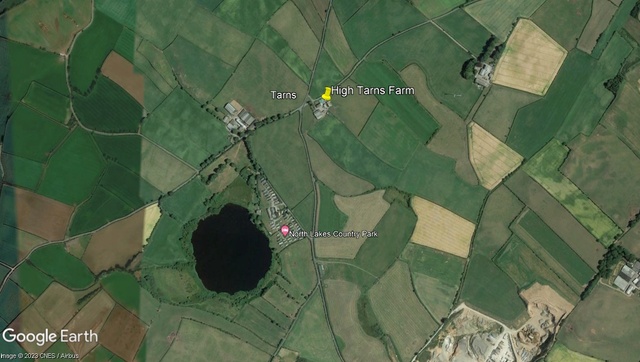
The High Tarns site was initially identified through desk-based research and satellite imagery in late 2022. The cropmark revealed the clear footprint of a large timber building, measuring 50 meters in length and 15 meters in width at its widest point. This structure, which piqued the interest of archaeologists, was thought to be a medieval monastic grange farm, potentially linked to Holme Cultram Abbey, a Cistercian monastery established in the region by 1200 AD. However, the excavation of this site has revealed a far older structure, dating back to the late Viking Age.
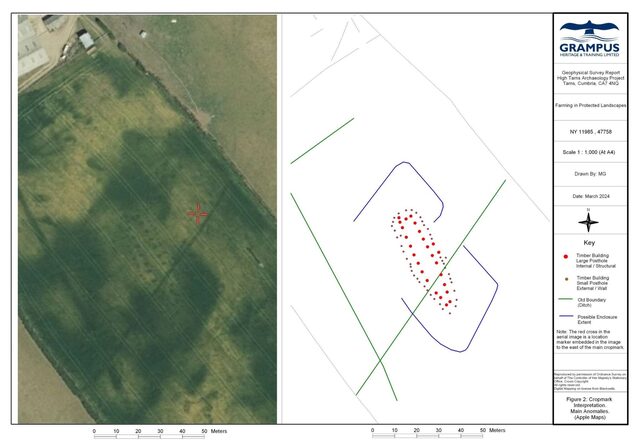
The connection to Viking heritage is particularly significant in this part of Cumbria, an area steeped in ‘Anglo-Scandinavian’ culture. The region is known for its Viking placenames, dialects, and sculptures, which provide a strong cultural context for the findings at High Tarns. This underlines the significance of the site, offering a rare and valuable insight into Viking settlements in Britain.
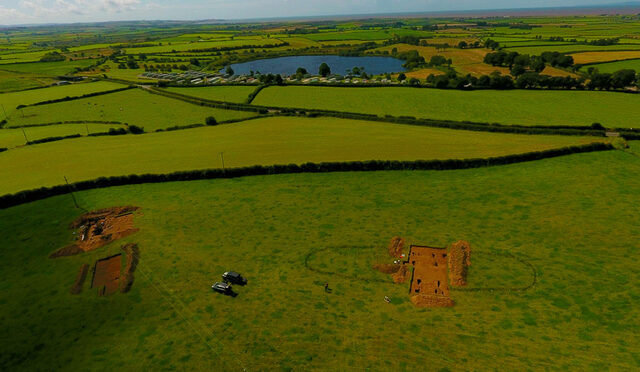
Video
Watch Largest Viking Hall in Britain Discovered! Norse Settlement Unearthed in UK to explore this incredible Viking discovery. Don’t miss it!
Excavation Phases and Methods
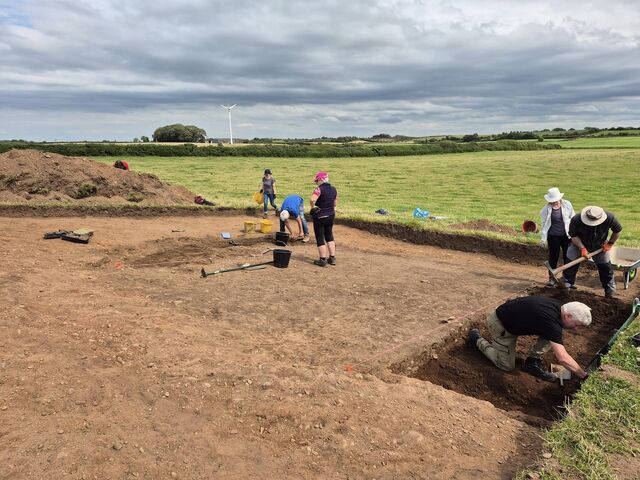
The excavation at High Tarns was carried out in several phases, starting with desk-based research and geophysical surveys in January 2024. These surveys, which included magnetometry and resistance surveys, provided the first clues to the site’s potential, revealing several archaeological anomalies. In May 2023, a two-day geophysical survey confirmed the presence of the Viking Age timber hall and highlighted other features that warranted further investigation.
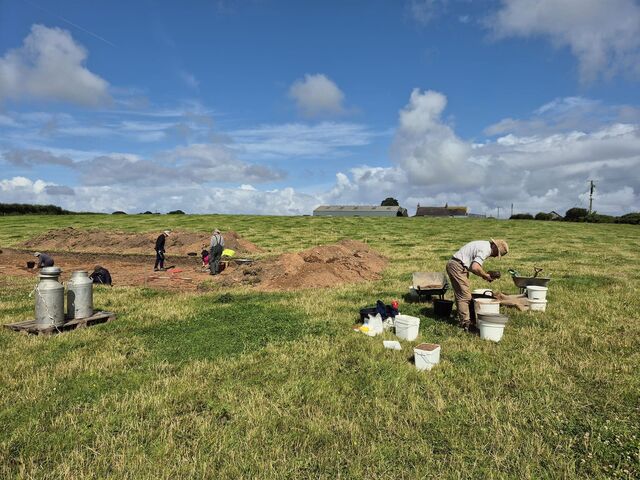
In July 2024, the excavation team, including over 50 volunteers from the local community, began the on-site dig. They focused on two main trenches based on the cropmark and geophysical data, uncovering the remains of the timber building, a corn-drying kiln, and a charcoal production pit. The use of modern archaeological techniques, combined with local community involvement, has allowed the team to unearth these significant findings.

Key Findings
The excavation of Trench 1 revealed a large timber building with a complex internal structure, including aisles and postholes arranged in a distinctive pattern. The building is believed to have been a Viking Age hall, which served as the focal point of a high-status rural farm, or ‘manor farm.’ The discovery of the grain dryer and charcoal pit suggests that the site was actively involved in agricultural production, as well as trade and other social activities.
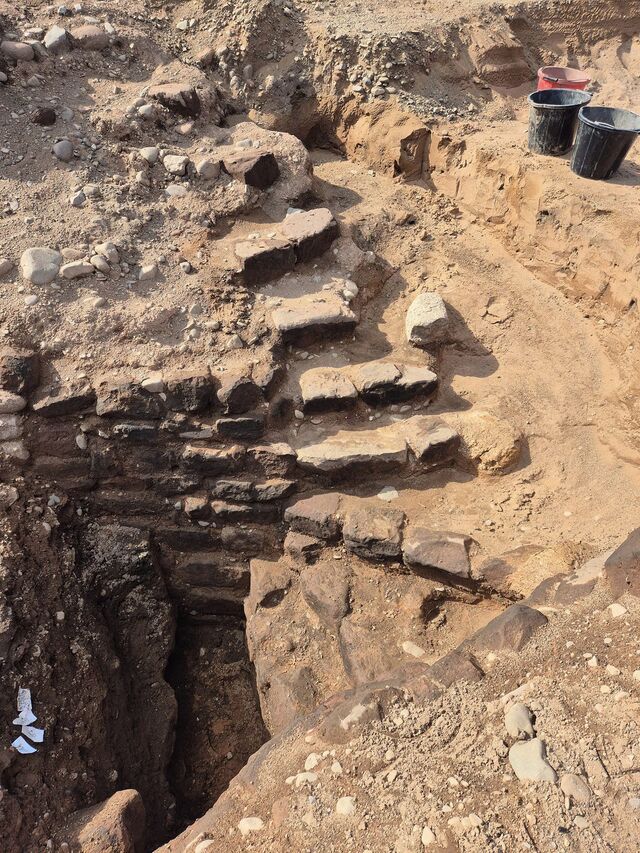
The size and sophistication of the hall point to a well-organized and prosperous settlement. Archaeologists suggest that the hall was likely used for communal gatherings, feasting, and perhaps even as a base for Viking leaders or settlers. The corn-drying kiln found in Trench 2, along with the charcoal production pit, further supports the idea that the site was central to the local economy, with activities revolving around agriculture and food production.
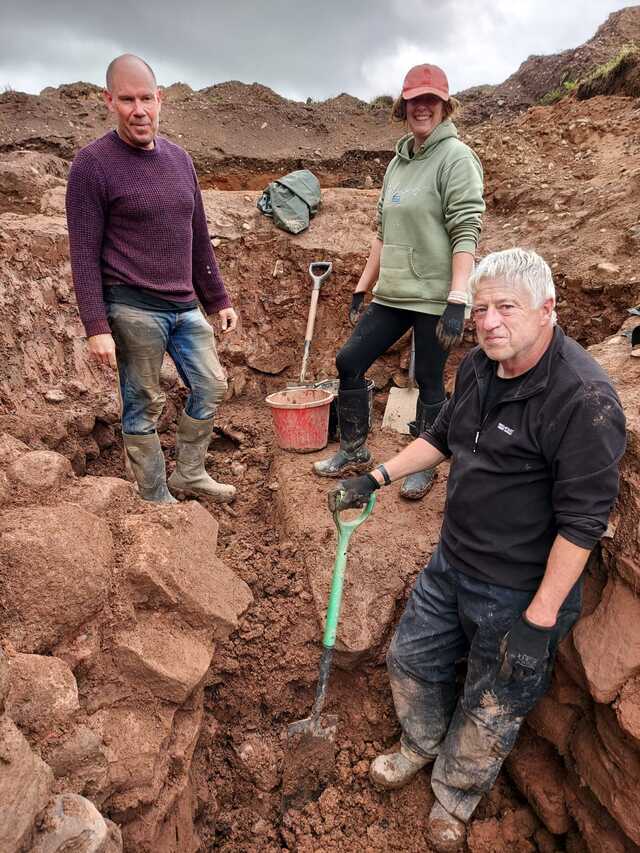
Carbon Dating Results
Carbon dating of several key features at the site has provided important insights into its timeline. The timber building, located in Trench 1, has been dated to the late 10th or early 11th century, confirming that the structure pre-dates the Cistercian monastery of Holme Cultram. This suggests that the building is not related to later medieval farming practices but instead reflects a Viking Age settlement. The carbon dates from the corn-drying kiln and charcoal production pit support this timeline, with evidence pointing to continuous use between 990 and 1180 AD.
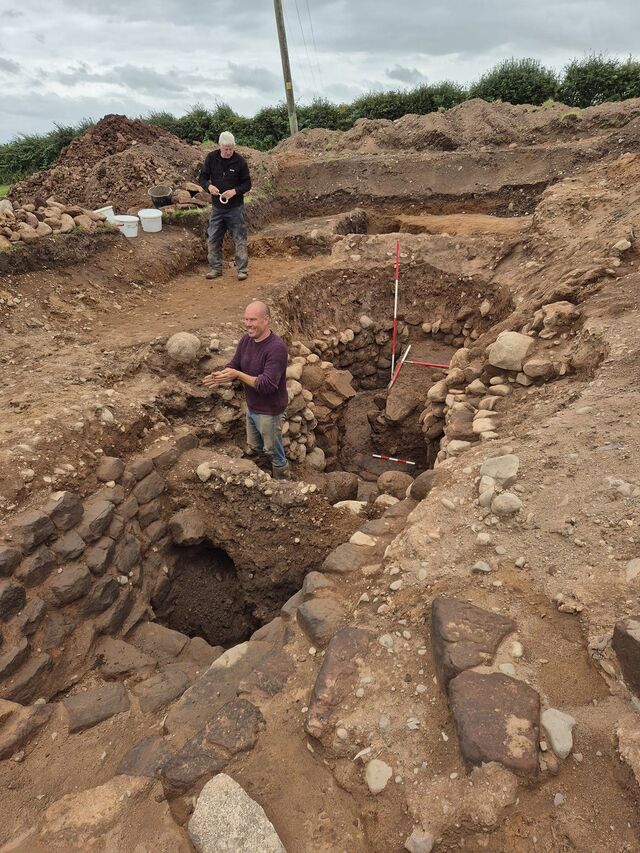
These dates are crucial in reinterpreting the role of Viking settlements in Cumbria and provide a more detailed picture of the region’s early medieval landscape. The fact that the building and its associated features have been preserved so well allows archaeologists to gain a clearer understanding of Viking rural life, which has often been overlooked in favor of more famous sites such as York or the Orkney Islands.
Interpretation and Significance
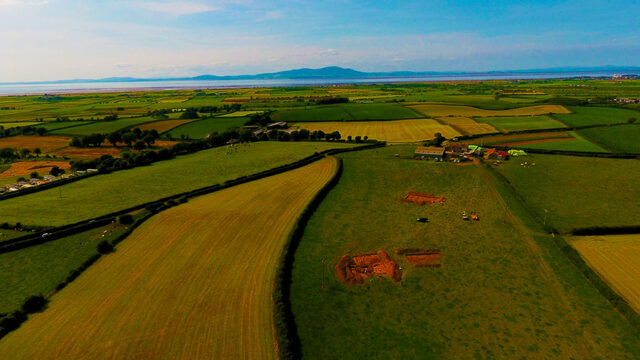
The discovery of the High Tarns site is significant not only for its physical findings but also for the new insights it provides into Viking Age social structures. The hall’s size and complexity suggest that it was the center of a high-status farm, possibly inhabited by powerful Viking leaders or settlers. The associated agricultural features, including the grain dryer and charcoal pit, indicate that the settlement was not just a military or trading outpost but a well-organized community engaged in food production and other vital activities.
In addition to its agricultural role, the site likely functioned as a hub for social and political interactions. The hall, with its aisled structure, is reminiscent of the large Viking halls known from Scandinavian sites, where leaders would hold feasts, offer hospitality, and make important decisions. The presence of the corn-drying kiln and charcoal production pit further supports the idea that the hall was a focal point for the broader community, playing a central role in the local economy.
Community Involvement
One of the most rewarding aspects of the High Tarns Archaeological Project has been the involvement of the local community. More than 50 volunteers, many of them from the nearby town of Silloth, have played a crucial role in the excavation. Their enthusiasm and dedication have been vital to the success of the project, and their involvement has fostered a sense of ownership and pride in the findings.
The partnership between Grampus Heritage, local volunteers, and landowners has exemplified the value of community archaeology, allowing local residents to actively participate in the discovery and interpretation of their shared history. The project has also raised awareness of the rich Viking heritage in Cumbria and sparked interest in further archaeological research in the region.
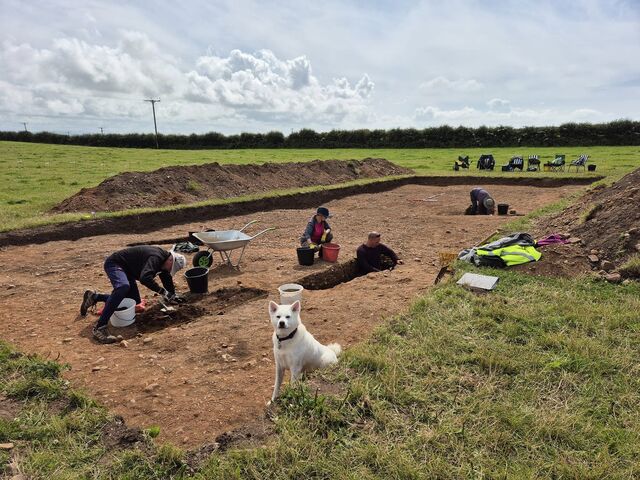
Challenges and Excavation Insights
Despite the many successes, the excavation at High Tarns has not been without its challenges. The harsh weather conditions made the digging difficult at times, and the team had to carefully excavate through gravel and sandy soils to uncover the postholes and features. However, the skill and determination of the volunteers ensured that the work continued smoothly, and the team was able to uncover the full extent of the Viking Age hall.
In addition to the physical challenges, the lack of stratified cultural material in the excavation has posed some difficulties. While the team did not find many artifacts, the identification of the building’s footprint and its associated features has been invaluable in understanding the site’s function and significance.
Future Research and Plans
The High Tarns site continues to offer exciting potential for future research. Excavations will continue to explore the surrounding area and may uncover further evidence of Viking Age life in Cumbria. The team also plans to conduct additional geophysical surveys to better understand the broader landscape context and to identify other hidden features in the area.
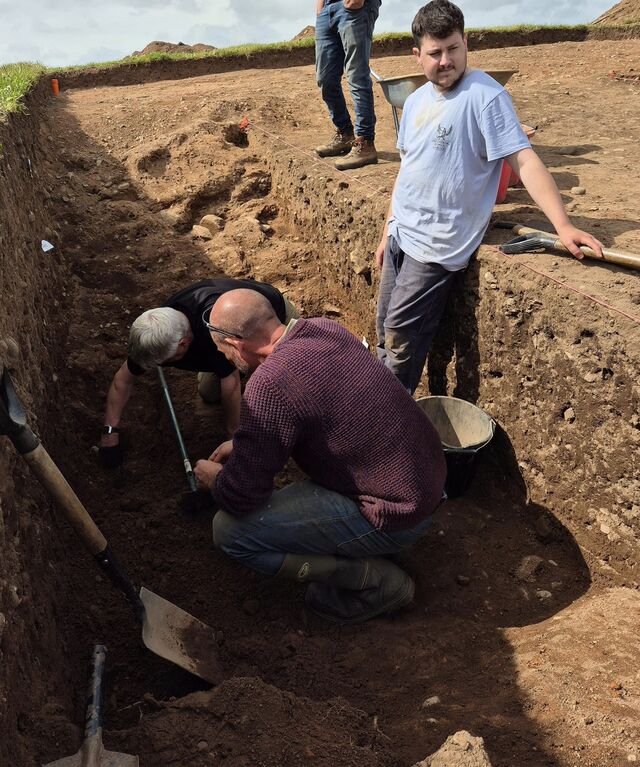
Conclusion
The High Tarns Archaeological Project has provided a fascinating glimpse into the Viking Age in Cumbria, shedding new light on the region’s social and agricultural practices. The discovery of the Viking hall, corn-drying kiln, and other associated features offers a rare and valuable insight into early medieval rural life. With the involvement of local volunteers and continued research, this project promises to deepen our understanding of the Viking heritage in Cumbria and its place in the broader context of early medieval Britain. The findings at High Tarns not only enhance our knowledge of the past but also highlight the importance of community archaeology in preserving and interpreting history for future generations.
Video
Watch The Race to Uncover the Mysteries of Scotland’s Bronze Age Cemetery on Time Team | Odyssey to explore the fascinating excavation of this ancient site – it’s a journey through history you won’t want to miss!



